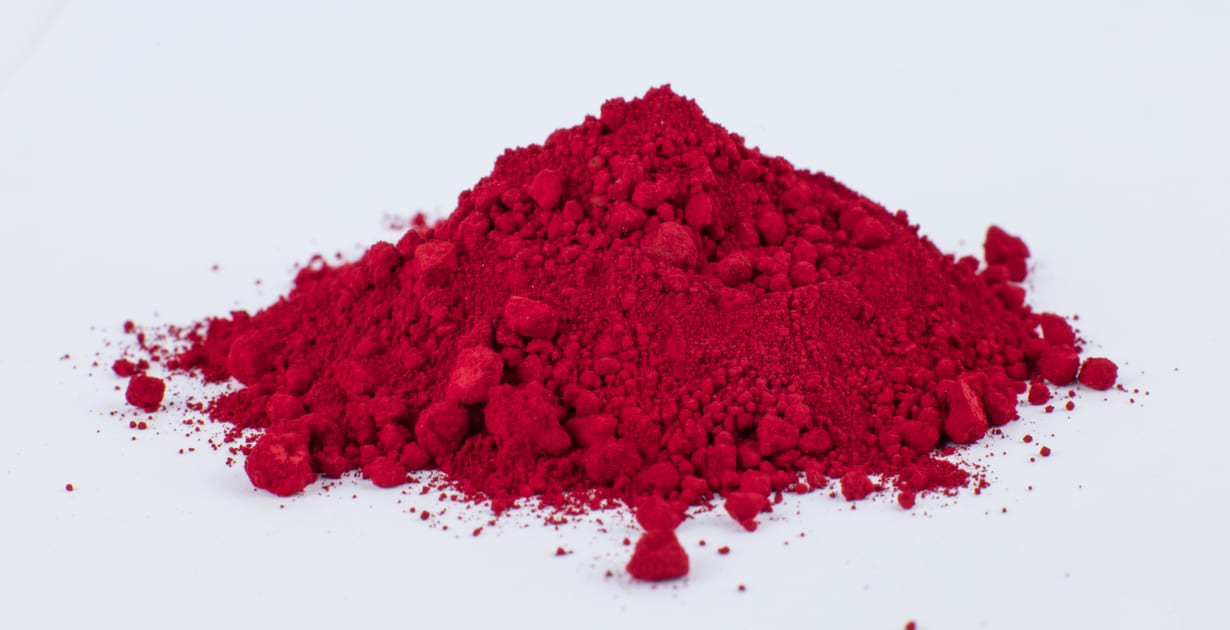Natural Red Food Colors offer a vibrant alternative to synthetic dyes that have become commonplace in many baked goods and other foods. There are many ways to achieve a rich crimson shade including beet juice, pure pomegranate juice, boiled cranberries and dried hibiscus flowers.
Peppers and annatto extract are also natural options for achieving appetizing red shades, especially in lipid-containing applications like sauces and plant-based meat alternatives.
Beets
The color red is used to dye many recipes and foods, from candy to cakes and frostings. While there are synthetic red food colorings available at most grocery stores, making your own natural red dye is an easy and economical option. You can make red dye from beets, strawberries or other fruits and vegetables. The natural color is also a healthier alternative for those who wish to avoid artificial dyes in their cooking.
Homegrown or organic beets provide the best, deep red color for dyeing. Place the beets in a saucepan and bring them to a boil. Reduce the heat and let them simmer for 30 minutes. Then, strain the liquid through a fine-mesh strainer to collect the red beet water.
This beet red dye has no strong flavor and can be used in a variety of dishes. It’s a great choice for Valentine’s Day foods and crafts, as well as Easter eggs, baby shower decorations and fabrics.
Pomegranate Juice
Aside from being a healthy snack, pomegranates have long been used as a natural dye. The skins and juice contain pigments that make a beautiful red, similar to the hue of artificial dye. According to Advanced Biomedical Research, the juice is also a powerful anti-oxidant and a natural preventive and treatment for numerous diseases and illnesses.
Pomegranate juice can be used in place of artificial red food coloring, but it is more effective when diluted with water. It is recommended to add water slowly while mixing, so as not to overflow the blender. The juice can be found at most grocery stores in the fruit section.
Another option is to use freeze-dried berries, such as cranberries, as they will retain the color better than fresh ones. They can be easily turned into a red dye by boiling the berries in water. Strain the berries to remove any extra skins before using. According to Nourishing Joy, the berries are rich in anthocyanins, which give them their red hue.
Hibiscus Flowers
According to a study published in the Journal of Food Research International, the flowers of the hibiscus plant (Hibiscus rosa-sinensis) contain a natural red food coloring agent known as anthocyanin. This natural colorant is heat stable and can be used in most baking applications. However, you should be careful not to over cook your ingredients and allow the product to cool down quickly.
Dried hibiscus petals can also be made into a powdered red food dye and added to beverages like teas, cocktails, and smoothies. They also add a pleasant floral flavor and a hint of fruitiness to baked goods and other foods.
Other natural red food colors that can be found in nature include raspberries and cranberries. These fruits can be easily mashed and used as a red food coloring ingredient in recipes. However, these foods tend to have a stronger taste than beets and need to be used in small quantities to prevent overpowering the final flavor of your dish.
Cranberries
Cranberries contain a natural red dye that is extracted when they are boiled. The red dye, which is a type of anthocyanin called Peonidin, provides a healthier and more natural alternative to artificial food coloring.
This natural food colorant will not alter the flavor of foods, and it is easy to find at most grocery stores. This dye is a great option for Valentine’s Day baking, and it is also perfect for Christmas cookies and other holiday treats.
Boiled cranberries can provide a rich, vibrant red for foods without adding any additional flavor. This food colorant is a great alternative to synthetic red dye, and it can be used in many different recipes and cooking methods. It can even be incorporated into icing, such as when making red velvet cake. Red cranberries are also an excellent source of antioxidants, which helps to keep the body healthy.

